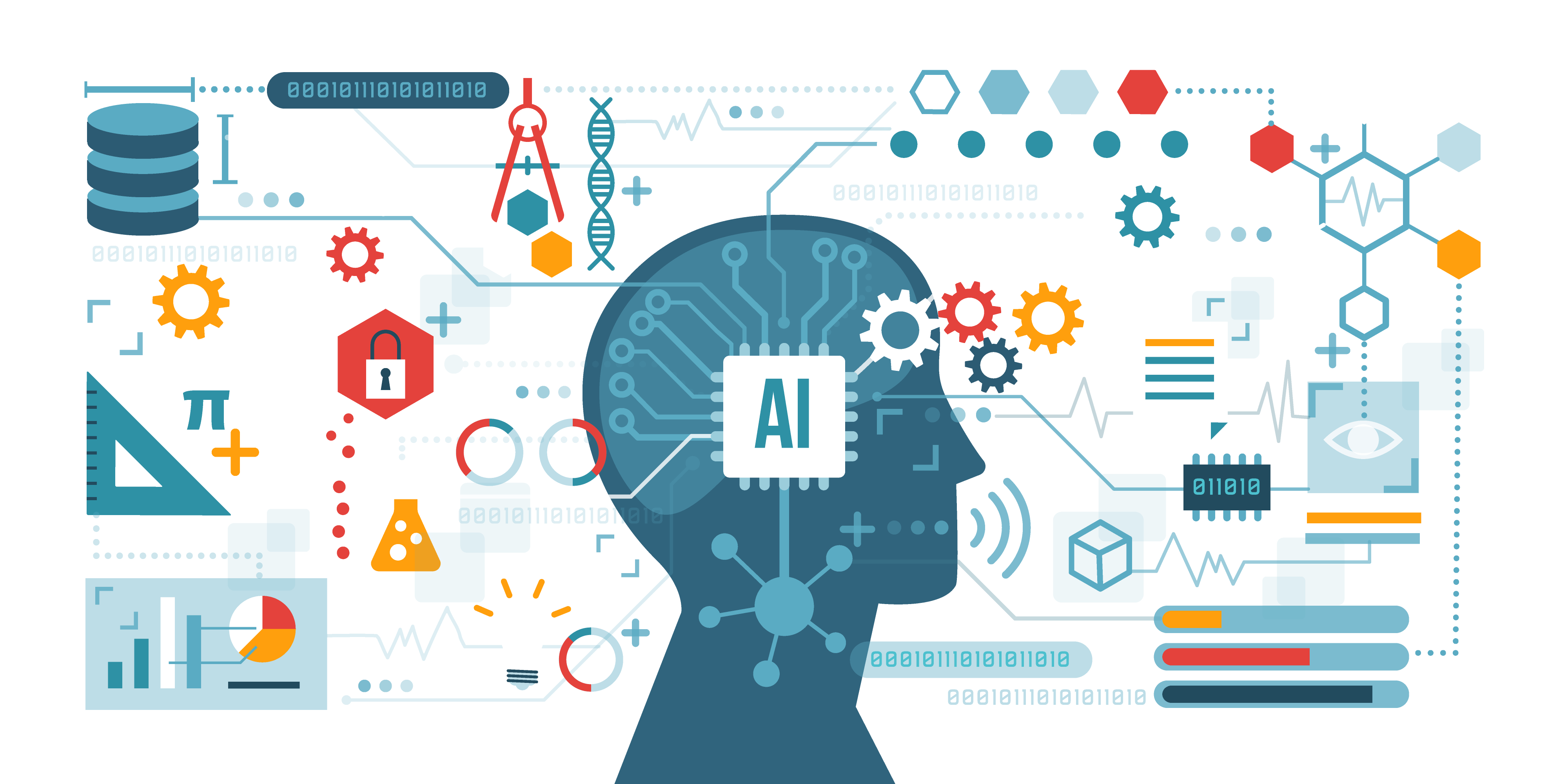
Machine learning falls under what is commonly referred to as AI. It’s a subfield that develops algorithms and models upon which computers are trained. Instead of programming, where a human specifies explicit instructions, the computer itself discovers patterns from the data.
A simple example can help explain what machine learning is.
To teach a computer program to distinguish between dogs and cats, you don’t embed a specific algorithm composed based on the characteristic features of these animals. You show the computer many pictures of dogs and cats, and it learns how to determine which animal is which on its own. Thus, AI not only carries out the task but also learns from it. From this article, you’ll understand what artificial intelligence and machine learning (ML) are and how these concepts differ.
Why is Machine Learning So Important?
Each year, digital data becomes more voluminous. Manually extracting vital information becomes increasingly difficult. Even ordinary users get links to hundreds of thousands of sites when they enter queries in a search engine, and picking out useful information from these can take a long time.
Artificial intelligence can independently extract information and make predictions based on such data. However, just as future scientists need teachers to bestow knowledge into their heads, AI needs continual training too. ML models can recognize speech, process images, analyze texts, and perform even more complex tasks that are impossible to solve with traditional programming methods.
Where is Machine Learning Used?
Key areas of ML application include:
- Internet and social media;
- Healthcare;
- Finance;
- Industry;
- Logistics;
- Education;
- Scientific research;
- National security;
- Language technologies.
These are just a few examples of where machine learning is used. With the advancement of technology, ML’s field of application is constantly growing.
Popular Directions
Machine learning covers various paths. Here are the most popular ones:
- Deep Learning – deep neural networks with numerous layers are used in image processing, natural language;
- NLP – algorithms capable of understanding, interpreting, and interacting with human language are used for creating voice assistants, machine translation, and text analysis;
- Reinforcement Learning – models learn to make decisions through interaction with their environment, this method is used in autonomous vehicles, the gaming industry, and process optimization;
- AutoML – an automatic system for creating and training models, accessible for a broad user base;
- Meta-Learning – research on learning methods that can quickly adapt to new tasks based on past experiences.
As new ML directions continually emerge, the demand for specialists only grows annually. It is a rather promising field, and it is still in the initial phase of development. What to study for machine learning depends on the chosen path. But knowledge of programming and IT technologies is a must.
How Does Machine Learning Work?
Initially, data is collected to train the model. Then scaling, format transformation, and other manipulations occur so that data is suitable for model use. Then, you pick an architecture that suits a particular task. For example, for image classification, a convolutional neural network might be chosen.
The model studies patterns in the data and adjusts its parameters to make predictions. It is then tested on data not used in the training process to evaluate how well the model generalizes knowledge. The final stage is making adjustments and optimizations. This process is repeated with modifications until the desired performance is reached.
So what comprises machine learning:
- Data;
- Models;
- Algorithms;
- Loss functions;
- Evaluation;
- Testing;
- Hyperparameters.
Once the model is trained and successfully tested, it is ready to work. However, the feedback loop is also crucial. If the model makes errors, corrections based on these mistakes can improve performance, making the model more accurate and adaptable to various data types.
Moreover, it is necessary to consider overfitting – excessive training in machine learning. If the model uses too many features or fits random noises in the data, overly reacts to the slightest changes, and shows low accuracy when tested, overfitting has occurred. It is important to prevent overfitting so the models generalize knowledge, not just memorize training data.
Why It Matters
Machine learning is needed because it allows computers to learn from vast amounts of data, predict and make decisions without complicated programming. This leads to automation of tasks, increased efficiency, and solving complex problems across different fields, from medical research to business.
Types of Machine Learning Algorithms
There are several main types of ML algorithms, each solving specific tasks:
- Supervised learning;
- Unsupervised learning;
- Reinforcement learning;
- Combination of different methods;
- Transfer method;
- Self-learning with reinforcement.
Thus, algorithms learn from experience, adapt to training data, resultantly make predictions, or make decisions based on new information. These algorithms will enable computers to automate tasks and generalize knowledge.
Conclusion
Today, we’ve looked into what machine learning means and why it is so important for the development of high-intelligence technologies. Mastering the basics of ML is a promising direction that stimulates innovation and shapes a future where computers can learn and improve effectively.

